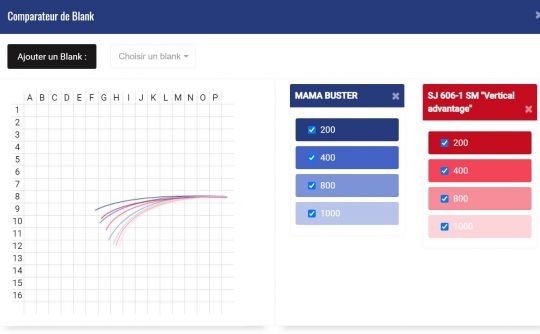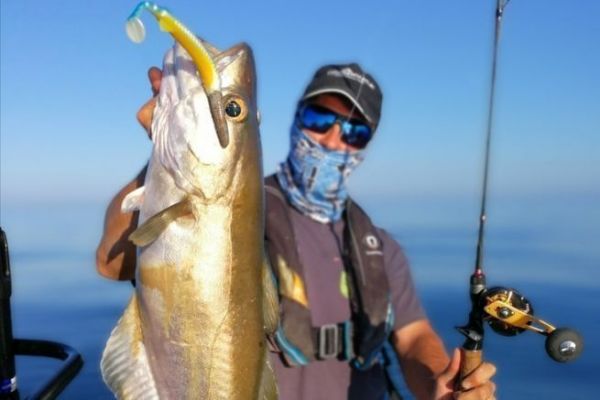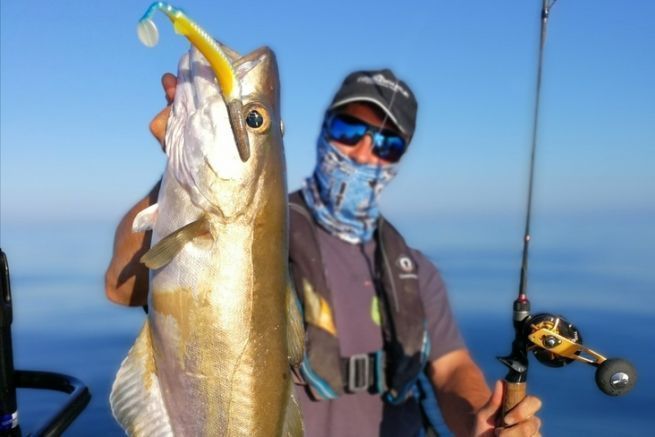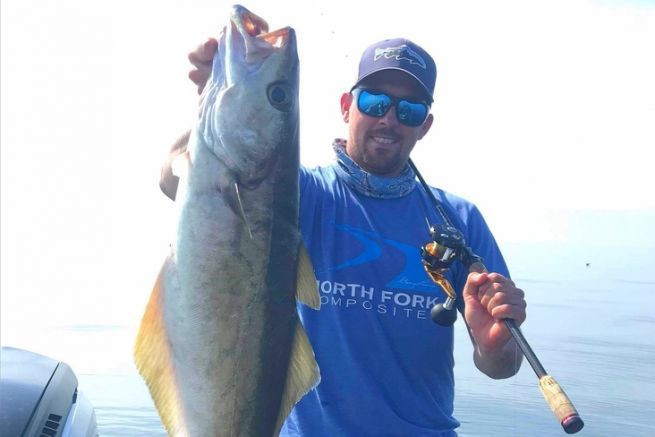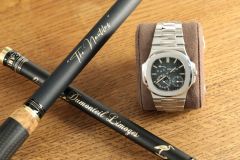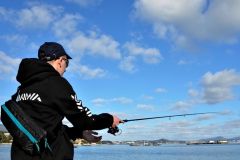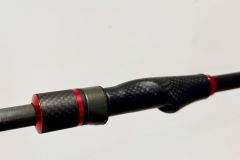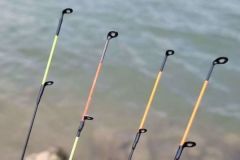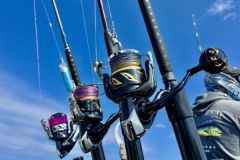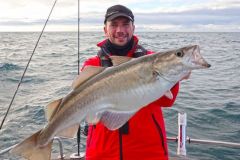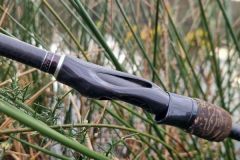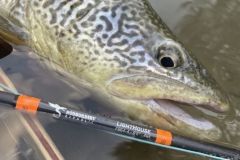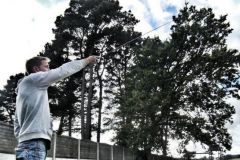Easy to use, the vertical fishing technique allows inexperienced novices to find their way around quite easily and quickly enjoy themselves. It is also widely used by experienced anglers, as it meets the needs of certain specific sectors.
I use this technique on specific spots such as wrecks or rocky plateaus in search of big pollack, but also in the summer months in search of mackerel and other bream.
Fishing constraints
This technique differs from other methods in that no casting is required. You fish directly under the boat or slightly offset from it.
For this reason, there's no need for a long rod, which, it should be remembered, is useful for increasing casting distances as much as possible, as well as leverage for long-range strikes. In our case, a short rod is recommended.
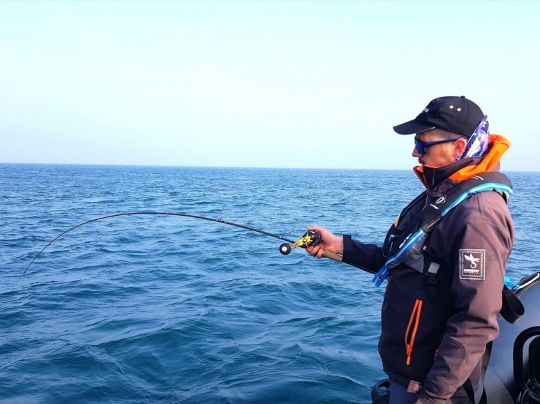
Your rod should have a power rating suited to the lures you use. Please keep in mind that the power indicated on your rod is a casting power. For example, your 15-50 gram fishing rod will accept lures heavier than 50 grams without batting an eyelid, as it has no casting action.
Over the years, I've found that it's possible to double the advertised casting power. Your same 15-50 rod will therefore accept lures weighing around 100 grams vertically.
Choice of cane
As with any technique, the best way to choose your rod is to define a set of specifications:
- What length?
- What power?
- What action?
Your vertical rod should be fairly short. That is, between 1.60 m and 1.90 m long. The other major advantage of a rod of this length is its ease of handling.
Power should be adapted to the lures used. For small jigs weighing between 20 and 50 grams, a 15-40 g or 20-50 g rod will be ideal. If you want to fish deeper, as I like to do when I'm looking for big pollack off the Breton islands, opt for a 30-90 g or even higher-powered rod that will accept lures weighing over 150 g.
The action for vertical fishing should be Moderate or Slow, especially if you fish mainly with gliding jigs. A slightly faster action if you fish mainly with soft lures or traditional jigs.
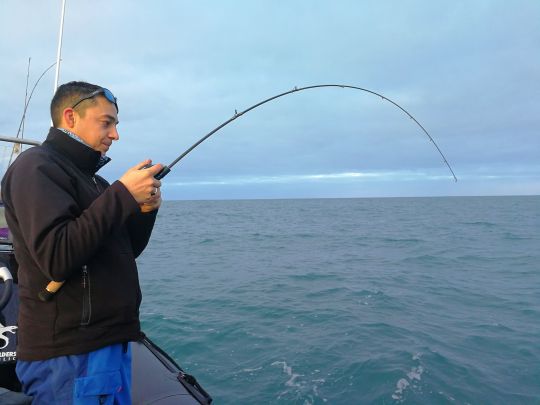
Casting or spinning?
It's a recurring question. They both have their advantages, even if I personally only use casting rods because of the absence of casting in this fishery, which, for my taste, allows better line control. I'll go into more detail on this point in a second section, where I'll discuss the choice of reel for vertical fishing.
My personal selection
When I leave for a session dedicated to vertical fishing, I take two rods with me. These rods cover all the lures I use. These are two rods distributed by Rodhouse and fitted by myself.
The first of these is the NFC (North Fork Composite) SJ 606 SM, a 1.82 m rod with a real power rating of 15-50 that allows you to use lures from 50 to 150 grams vertically. This high tolerance is due to the type of carbon used (Slow Module), which is less compressed and offers a rounder action.
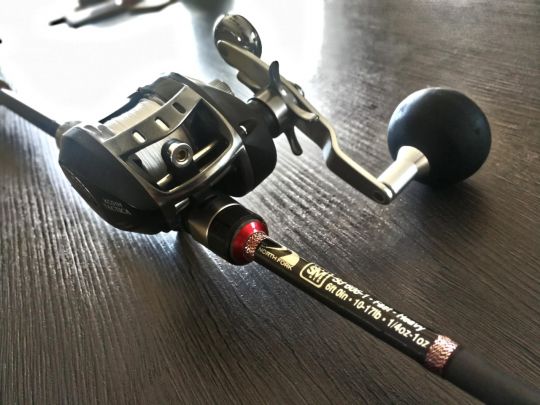
The second lure I use when the lures I use exceed 150 grams is the "Mama Buster", a blank developed by Rodhouse, equally at home in spinning and casting. It has a huge reserve of power and allows me to quickly bridle big fish as well as jigs weighing over 250 g.
